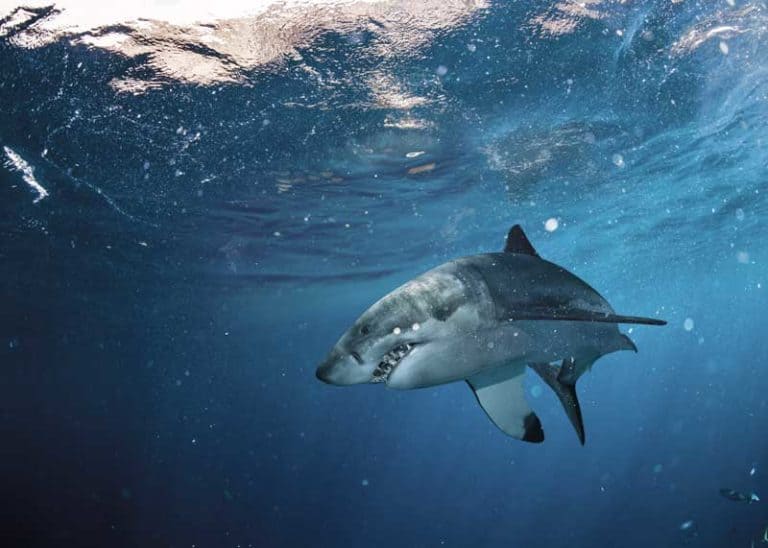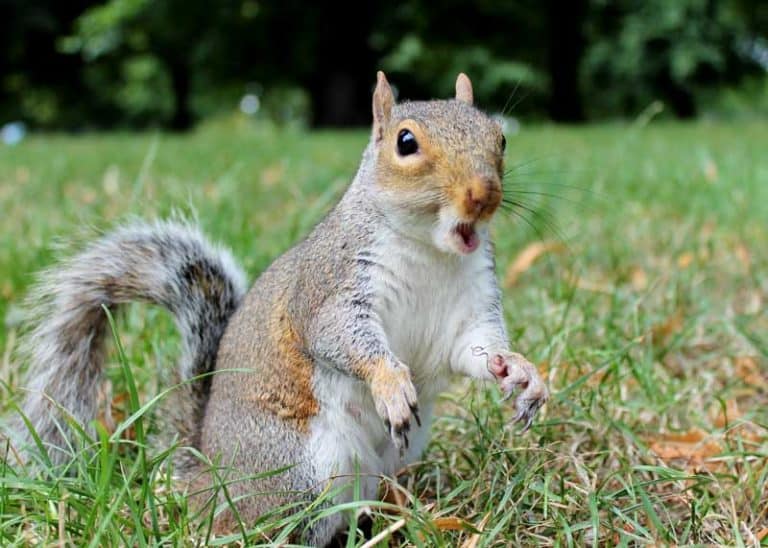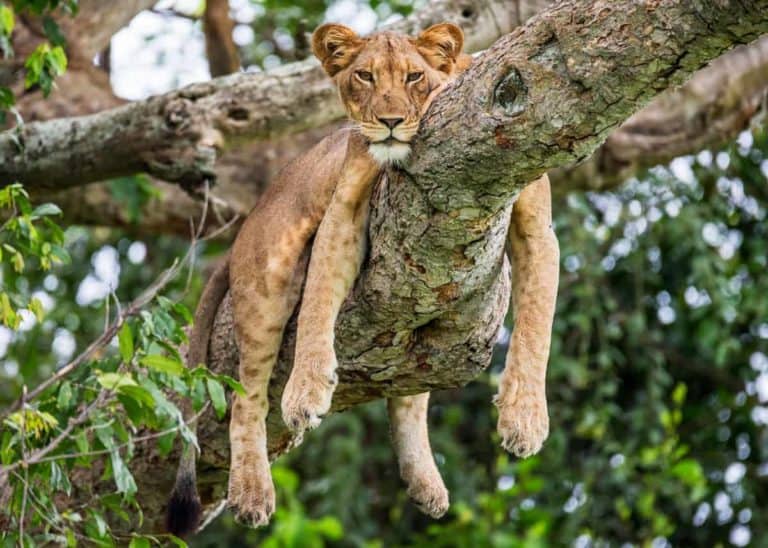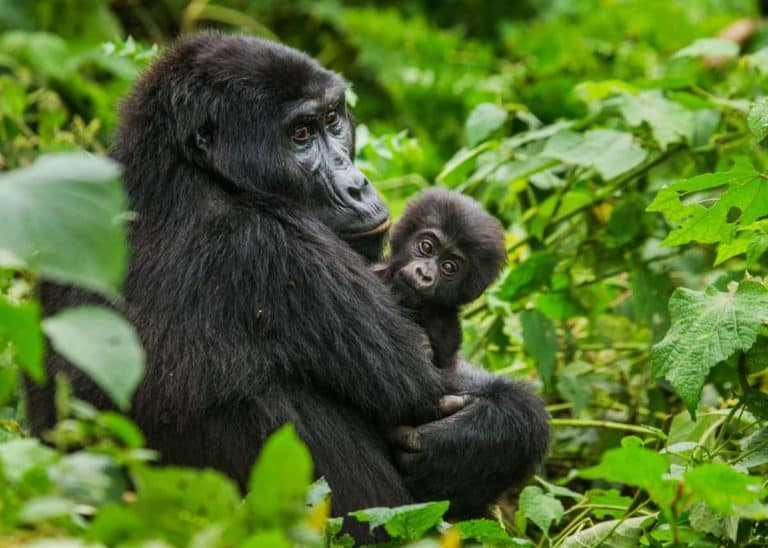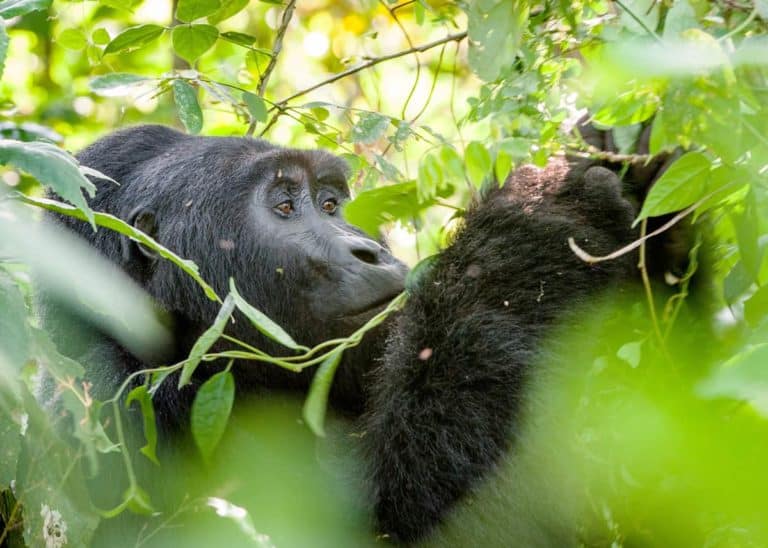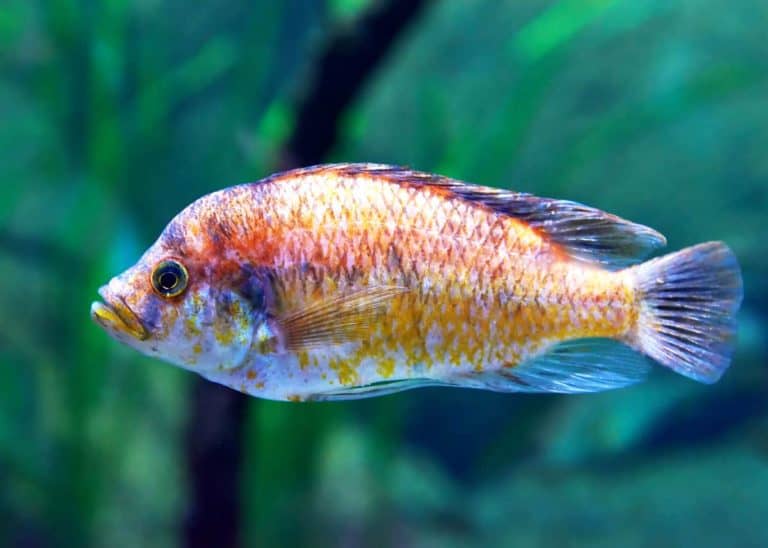Do Rattlesnakes Nurse Their Babies? (Fact Check) Snake-Milking?
Photos occasionally surface on social media that appear to show a rattlesnake nursing her young. Do rattlesnakes nurse their babies?
The quick answer is no. Rattlesnakes are reptiles and as such, they do not have mammary glands. An animal without mammary glands cannot lactate (produce milk). The photo in question was staged. (I guess you can’t believe everything you see on the internet).
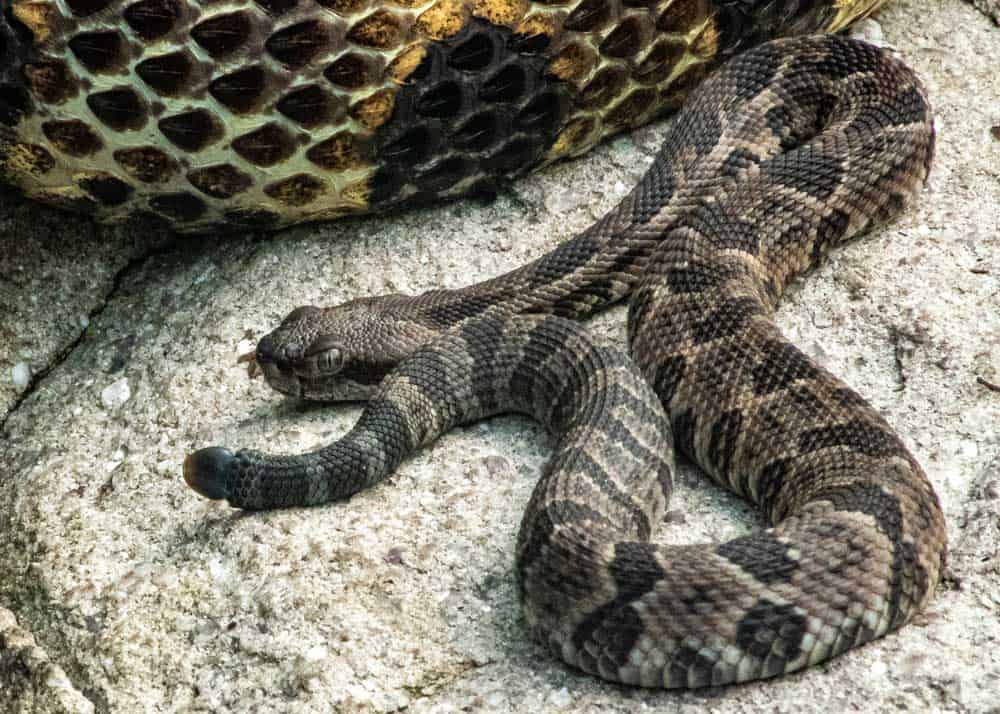
Do Rattlesnakes Nurse Their Babies?
Here’s one of the photos that caused the confusion.
While these Facebook joke photos would like you to believe it, rattlesnakes are unable to nurse their babies.
The photo appears to show 10 dead snakes arranged next to a larger rattlesnake as if they are “nursing.”
The caption with the fake photo reads:
Reminder! Spring time is right around the corner, and mama rattlers will be emerging with newly hatched young. They will also be seeking warm surfaces to lay on and nurse their babies…so be sure to keep an eye on your kids and pets!
So while the photo is fake, it does raise some questions. How do rattlesnakes feed their young? Are there any reptiles that produce milk? Can you milk a snake?
Do Rattlesnakes Produce Milk?
As mentioned above, snakes do not have the anatomy necessary to produce milk. They do not have mammary glands, and therefore cannot lactate.
The staged photo created a lot of confusion and was even fact-checked by Reuters.
Do Other Snakes Nurse their Babies?
No, there is no species of snake that is able to lactate. Therefore, they cannot nurse their young.
Do Reptiles Feed their Young Milk?
Snakes are reptiles. There are no reptiles that are able to lactate. In fact, only warm-blooded mammals have the ability to produce milk.
There are other animals that produce a milk-like substance to feed their young.
For example, pigeons, flamingos, and some penguins make something called crop milk. This nutrient-rich substance is regurgitated into the mouths of newly hatched chicks.
But it is not true milk. Milk by definition has to be formed in mammary glands.
How do Rattlesnakes Feed their Babies?
Rattlesnakes are ovoviviparous snakes. This means that they give birth to live young, rather than laying eggs.
While still inside their mother, each developing baby snake is enveloped in a soft sack. All of the nutrients that they need are contained in a yoke within that sack. Once they are ready to be born, they break through the thin membrane of the sack and slitter out into the world. A mother snake will have about 8 to 10 babies in each clutch.
The young do not need to eat for the first few days after birth. During this time the mother snake will keep a very close eye on the young, keeping them warm and away from predators. They can leave the den, but if they venture too far, she will nudge them back.
About a week after birth, a baby rattlesnake will go through its first skin shed. After that, it is ready to hunt and live on its own.
Watch a video of live birth of emerald tree boas. The video it toward the end of the article, along with photos of baby tree boas.
What do Baby Rattlesnakes Eat?
Baby rattlesnakes are born with teeth. A baby rattlesnake will eat the same food as a larger rattlesnake, just in smaller quantities.
At birth, they are 10 inches (25.4 centimeters) long. As mentioned above, after they shed for the first time, they are ready to hunt their own prey.
Rattlesnakes are carnivores. Birds, mice, rats, and other small rodents are all on the menu. A rattlesnake will strike its prey using its fangs to release venom. Rattlesnake venom contains hemotoxins. These cause muscle and tissue damage, extreme pain, and internal bleeding.
At this point, it is easy for a rattlesnake to swallow its victim whole. The strong acid found in its stomach is able to digest every part of its prey, including the fur and bones.
Do Baby Rattle Snakes Have Venom?
Yes, a baby rattlesnake has venom glands. These are located above their fangs. Their fangs are hollow, and function much like a needle to deliver the toxin.
Rattlesnake fangs are located at the front of their mouths, and fold flat when they are not in use.
Baby rattlesnake venom is far more toxic than that of an adult rattlesnake. However, the venom from a baby is delivered in smaller quantities, making a bite from a baby rattlesnake less dangerous than that of an adult.
What Does it Mean to Milk a Rattlesnake?
So after reading the above, what do you think, can you milk a rattlesnake? The answer is actually yes, but not in the way that you may think.
A “snake milker” is the term used for a person who extracts venom from a snake’s fangs. This is certainly not the kind of milk that you would want to drink.
Rattlesnakes are not the only snakes that can be milked in this way.
Other venomous snakes that are sometimes milked include asps, cobras, copperheads, corals, kraits, mambas, sea snakes, fer de lance, and vipers.
The process of milking a snake involves stretching a latex cover over a jar and then having the snake bite the jar. The venom glands are then massaged, releasing the venom into the jar.
What is Done with the Venom?
Why on earth would you want to milk a snake?
After being collected, the venom is usually sold to laboratories, pharmaceutical companies, or universities.
The venom is researched and used to create anti-venom medications. Venom is also used in the creation of some anti-clotting medicine, as well as medication that lowers blood pressure.
More reading: 31 African Rock Python Facts
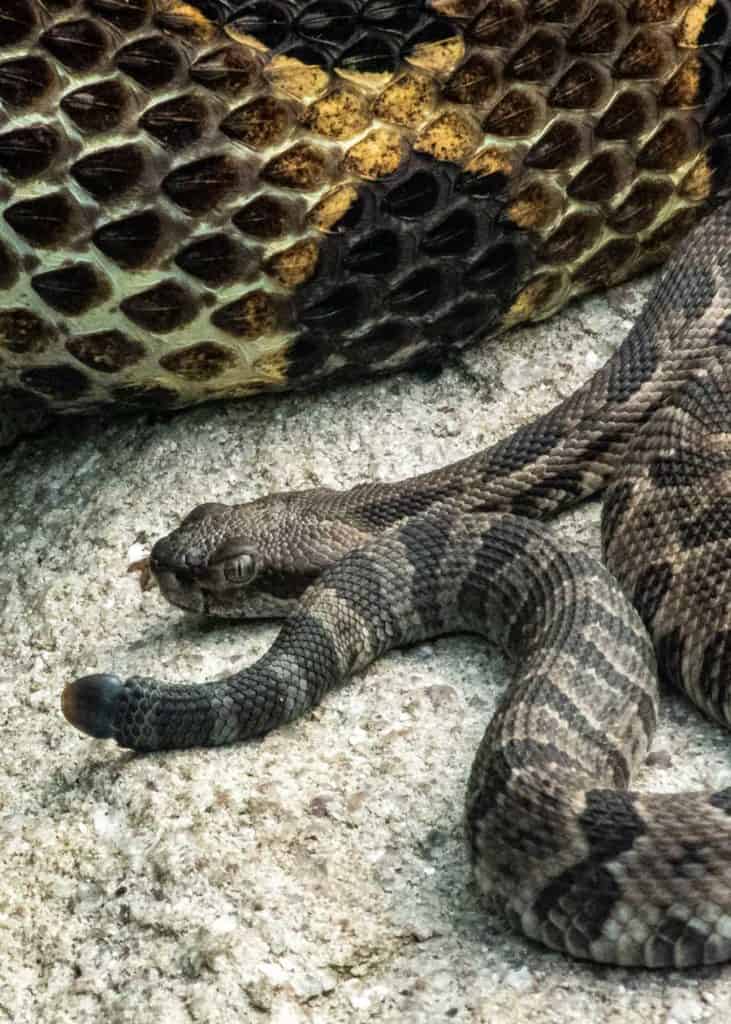
Ready to debunk another myth? Check out this post: Is Hippo Milk Really Pink?
Your Turn
Are you a big fan of snakes? What are your thoughts about rattlesnakes? Please comment below.

